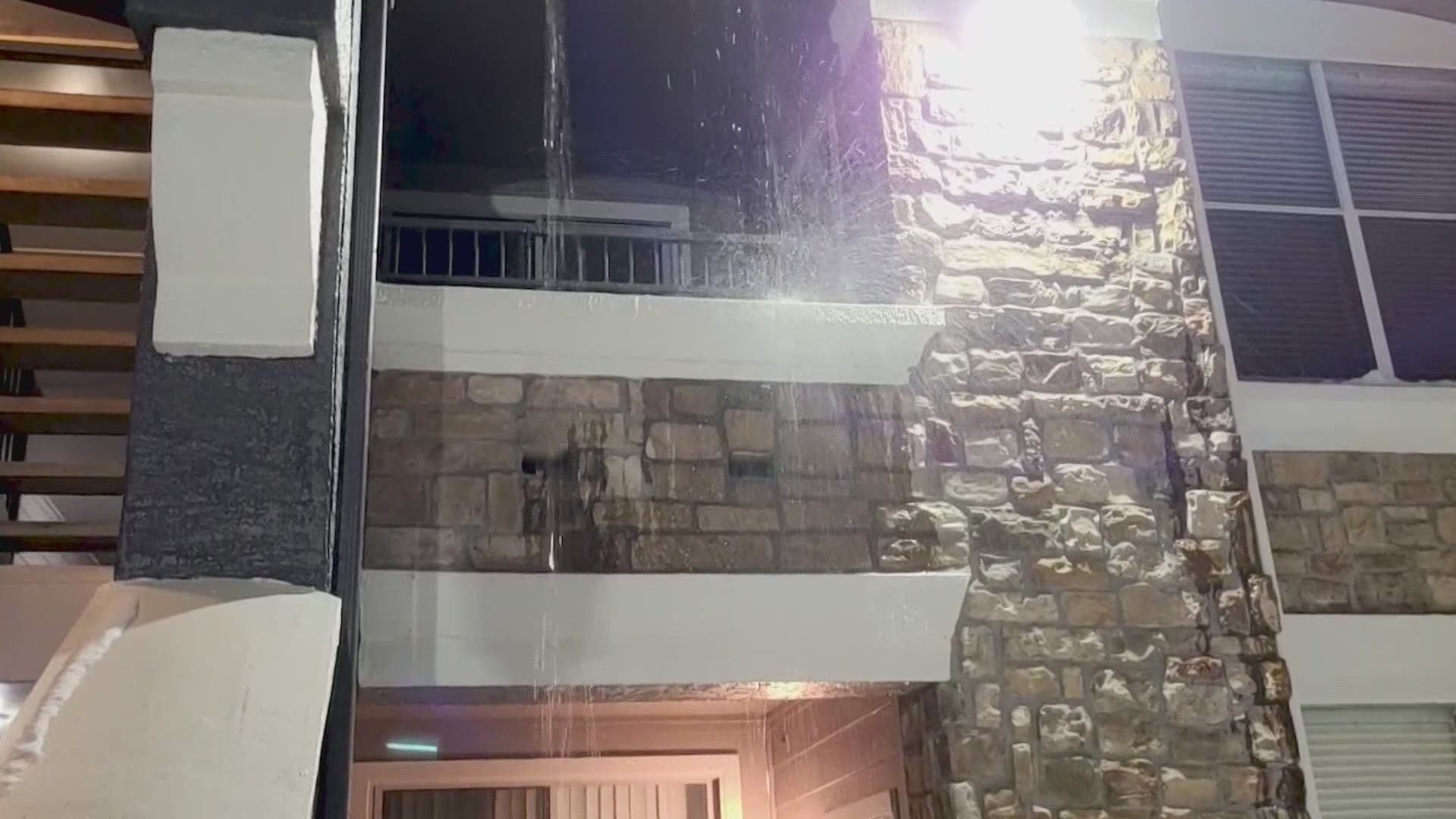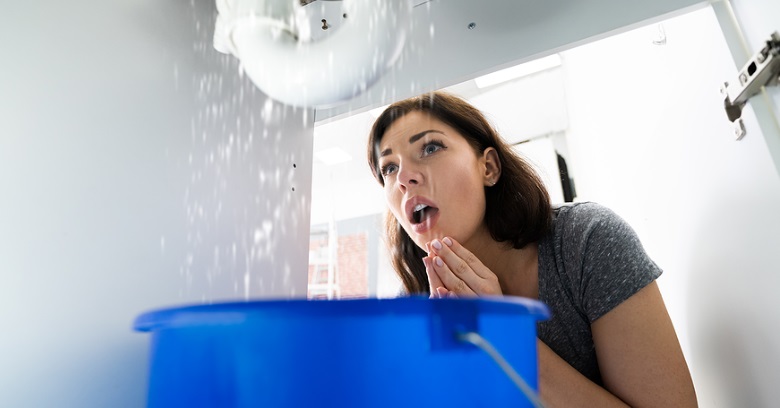Detecting a Burst Pipe and Taking Swift Repairs
Detecting a Burst Pipe and Taking Swift Repairs
Blog Article
How do you actually feel when it comes to How to Install and Connect a New Dishwasher?

A ruptured pipe is a significant emergency; you can only stand as you watch water you pay dearly to rejoin with the earth. In even worse cases, you see a swimming pool on your kitchen area floor, which is an excellent trip hazard, particularly if you have children around. If the pipe that ruptured was in your walls, trouble: you might need to paint that whole area.
Exactly how can a calamity like a ruptured pipe be protected against and taken care of? Well, by listening to your specialist emergency plumbing technicians as well as complying with these rules.
Exactly how do I recognize when my pipelines have ruptured?
Rising and fall water stress
Pipes do not just burst in a day. You might have seen that your cooking area tap or shower does not run instantly when you turn the faucet. It may pause for a couple of secs and afterwards blast you with more pressure than common.
In other circumstances, the water may appear normal in the beginning, then drop in stress after a few seconds.
Infected water
Lots of people think a ruptured pipeline is a one-way electrical outlet. Fairly the contrary. As water spurts of the hole or wound in your plumbing system, contaminants discover their way in.
Your water might be polluted from the source, so if you can, inspect if your water storage tank has any kind of troubles. Nevertheless, if your drinking water is provided and detoxified by the city government, you should call your plumber immediately if you see or smell anything amusing in your water.
Puddles under pipes and also sinks
When a pipeline ruptureds, the outflow develops a puddle. It might show up that the puddle is growing in dimension, as well as regardless of the number of times you mop the pool, in a few minutes, there's an additional one waiting to be cleaned up. Typically, you may not have the ability to trace the pool to any type of visible pipelines. This is a sign to call a specialist plumber.
Wet wall surfaces and water discolorations
Before a pipeline ruptureds, it will leakage, most times. If this consistent leaking goes unnoticed, the leakage may graduate right into a wide laceration in your pipeline. One easy method to prevent this emergency is to look out for wet walls ad water stains. These water stains will certainly lead you right to the leakage.
Untraceable trickling sounds
Pipeline bursts can occur in the most undesirable locations, like within concrete, inside wall surfaces, or under sinks. When your house goes quiet, you may be able to listen to an irritatingly relentless dripping sound. Also after you've inspected your shower head and also kitchen tap, the dripping might proceed.
Precious visitor, the dripping might be originating from a pipe inside your wall surfaces. There isn't much you can do concerning that, except inform a specialist plumber.
Turn up the Warmth
Establish fans to blow warmth into cool spaces. Maintain the garage door closed. If you have actually minimized water circulation, warm one of the most susceptible pipelines (normally in cellars as well as crawl spaces or near outside walls) with a hair dryer. Leave the tap on while you apply warm. As you thaw ice, the circulation will boost. To stop pipes from freezing, protect your walls.
Start Eliminating the Water
Grab the mop, containers and a shop vacuum to begin to remove the water because you definitely don't want it saturating right into everything else in your house. Plus, a fast tidy up will decrease the possibilities of something obtaining moldy.
What do I do when I spot a burst pipe?
Your water meter will remain to run also while your water wastes. To minimize your losses, find the main controls as well as transform the supply off. The water pipe are an above-ground structure beside your property.
How to Fix & Detect a Leaking Pipe
How Do I Know if a Pipe is Leaking?
Leak detection tests can help you determine if your pipe has a leak. Even if you don’t see an apparent leak, you should still conduct leak detection tests regularly to save water and money—and prevent major damage to your home.
Water meter. It can be helpful to figure out what your usual water meter usage numbers are and then monitor them regularly. To monitor your meter, first, turn off all water faucets in your home. Check the meter and write down the numbers. In a few hours, check the meter again. If the numbers have changed, you have a leak. Water gauge. Use a water gauge to test your water pressure. Your showerhead should produce a certain amount of water pressure based on its model and design. If the pressure is lower than it is supposed to be for that specific showerhead, your home likely has a leak. Puddles. Look inside your bathroom, laundry, and kitchen sink cabinets. Puddles around the cabinets or around toilets, tubs, showers, and washing machines indicate the presence of a leaking pipe. You may also notice loose tiles, peeling or flaking paint, or mold caused by water accumulation. Napkin test. Even if you don’t see any puddles, you may still have a leak. You can test for water leaks in the bathroom, laundry, and kitchen by wiping below-sink connections with a napkin, paper towel, or piece of toilet paper. If it becomes damp, you probably have a leaking pipe under the sink. Discolored walls. Walls that are discolored—usually with brown or yellow stains—or bulging might mean that they have been impacted by water damage caused by a leaking pipe. Smell. A leaky pipe will create sitting water, and over time, that water may develop a musty smell. If your home smells musty, but you can’t locate the source, it may be due to a leak. Steps for Fixing a Leaking Pipe
A leaky drain can be remedied by tightening the pipe base, replacing the drain seal, caulking the rim, and tightening the pipe nut. Similarly, a leaking toilet pipe can be treated by tightening the packing nut. You may also need to replace the valve. A leaky faucet may just need tightening or replacement of the washers. If that doesn’t work, consider replacing your faucet. If your pipe has a hole in it, you may want to use a pipe leak sealer or pipe leak tape. This quick fix for water pipe leaks can also temporarily fix a copper pipe leak. https://www.ahs.com/home-matters/quick-tips/how-to-tell-if-pipes-are-leaking/

I ran across that piece of writing on How to Install and Connect a New Dishwasher while browsing on the internet. Are you aware of another individual who is in to the subject? Why not promote it. Thanks for your time spent reading it.
Sink issues? Connect. Report this page